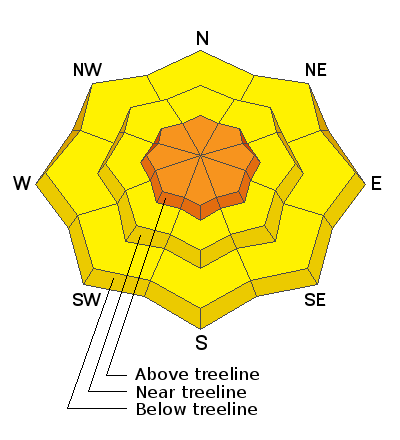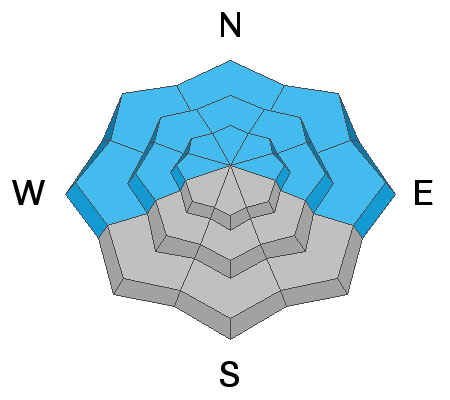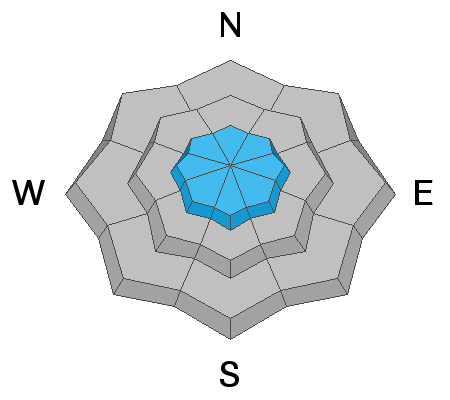Forecast for the Abajos Area Mountains

Issued by Eric Trenbeath on
Monday morning, March 21, 2022
Monday morning, March 21, 2022
Areas of CONSIDERABLE avalanche danger exist above treeline where strong, gusty, northerly winds will create fresh, unstable drifts on all aspects today. Although S and W facing slopes are the primary deposition zones, crossloading will cause fresh drifts to form on all aspects. Look for them on the leeward sides of ridge crests and terrain features such as gully walls and subridges. Fresh drifts are recognizable by their smooth rounded appearance and cracking is a sign of instability. The danger should decrease with elevation but remain vigilant and avoid steep, wind drifted slopes.
A "scary" MODERATE danger remains for triggering a deadly avalanche 2'-3' deep on a buried persistent weak layer. This weak layer is present on all slopes facing W-N-E and has been responsible for accidents and fatalities throughout the region. These avalanches can be triggered at all elevations but areas of heightened concern are on steep, northerly facing slopes right around treeline. Evaluate snow and terrain carefully and identify features of concern.

Low
Moderate
Considerable
High
Extreme
Learn how to read the forecast here








